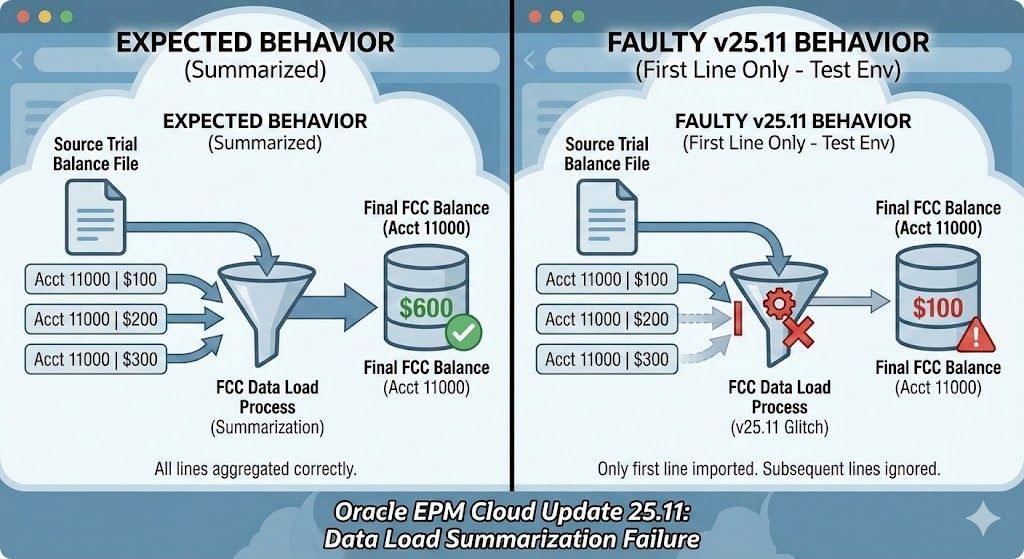Are You Sitting on a Software Goldmine? Unlock Your Existing Tech Before You Buy New
Nadia Lodroman • 28 May 2025
Listen to Tresora and Ledgeron's chatting about this blog post:
From MVP to Maximum Value Platform
It's a familiar story in the business world. A company identifies a pressing need – a more streamlined financial system, a dynamic collaboration platform, you name it. The call goes out, a tender process is launched, and months are spent meticulously evaluating options. Countless hours are invested, numerous teams are consulted, and a seemingly perfect software solution is chosen, promising a new era of efficiency and a host of cutting-edge features.
Then reality hits.
The "by-the-book" implementation, with all its bells and whistles, collides with the urgent need to get something operational. Maybe the current system is on its last legs – a true "burning platform." Perhaps a crucial investment round or an IPO looms, demanding immediate functionality. Whatever the reason, the grand vision shrinks. The focus narrows to a Minimum Viable Product (MVP). Those "nice-to-have" features and modern best practices, so lauded during selection, are quietly pushed to the back burner. The primary goal becomes getting the basic system live, fast.
And it works, for a while. The immediate crisis is averted.
But then, inevitably, a few months down the line, new needs emerge. Processes crave improvement, automation opportunities are identified, and workflows beg for optimization. What happens next? Often, the instinct is to look outwards again. A new tender process, a fresh search for yet another third-party solution to plug the newly identified gaps.
Stop. Before you embark on another costly and time-consuming software hunt, have you truly explored the potential lurking within the tools you already own?
That powerful platform you implemented? The one where you only scratched the surface of its capabilities to meet that initial MVP deadline? It might just hold the key to your current challenges.
The Untapped Potential Within
Think about it:
- Familiarity: Your teams are already acquainted with the existing software. The learning curve for new modules or features within a known system is significantly less steep than onboarding a completely new product.
- Reduced Integration Hassles: Leveraging more of your current platform often means less complexity in terms of integrating disparate systems. Data can flow more seamlessly, and you avoid the headaches of building and maintaining new connections.
- Cost Savings: This is a big one. You've already invested in the software. Unlocking its existing, unused functionalities is almost always more cost-effective than purchasing, implementing, and integrating a brand-new solution.
- Revisiting Original Intentions: Remember those initial "good intentions"? The desire to truly transform the way you work? Those goals were valid. While priorities might have shifted to get the MVP live, the underlying needs often remain. Your existing software was likely chosen because it could meet those broader ambitions.
The Path Forward: Don't Reinvent the Wheel, Just Keep it Turning
So, what's the solution when new needs arise post-MVP?
- Don't Burn Bridges with Your Implementation Partner: Your implementation partner guided you through the initial setup. They understand the platform's capabilities far beyond the MVP scope. Once the dust has settled on the initial launch, reconnect with them. They were there when you outlined your grand vision. Ask them: "Given our current system and our emerging needs, what do you suggest as our next step? How can we leverage more of what we already have?" They can be invaluable in roadmap planning and unlocking hidden value.
- Revisit Your "Good Intentions": Dust off those initial requirements and strategic goals from the original tender process. While some priorities may have evolved, the core desires for improvement are likely still relevant. Map these against the full feature set of your current software. You might be surprised at what's already at your fingertips.
- Internal Exploration and Training: Invest a little time in exploring the untapped modules and features of your existing software. Perhaps a short internal training session or a workshop could unlock significant improvements with minimal external investment.
- Phased Enhancement, Not Another Big Bang: Instead of seeking another massive overhaul, consider a phased approach to enabling new functionalities within your current system. This is less disruptive and allows for continuous improvement.
From MVP to Maximum Value Platform
The pressure to deliver an MVP is understandable, especially when facing critical business drivers. But an MVP should be a starting point, not the final destination. The software you painstakingly selected likely has a wealth of untapped potential waiting to be unleashed.
Before you jump into the next software selection cycle, take a deep breath and a thorough look inwards. The solution to your latest process improvement puzzle might already be licensed, partially implemented, and familiar to your team. It's time to turn your Minimum Viable Product into a Maximum Value Platform.






